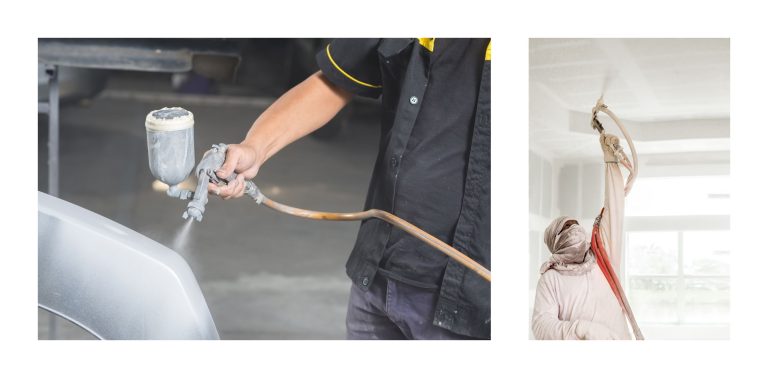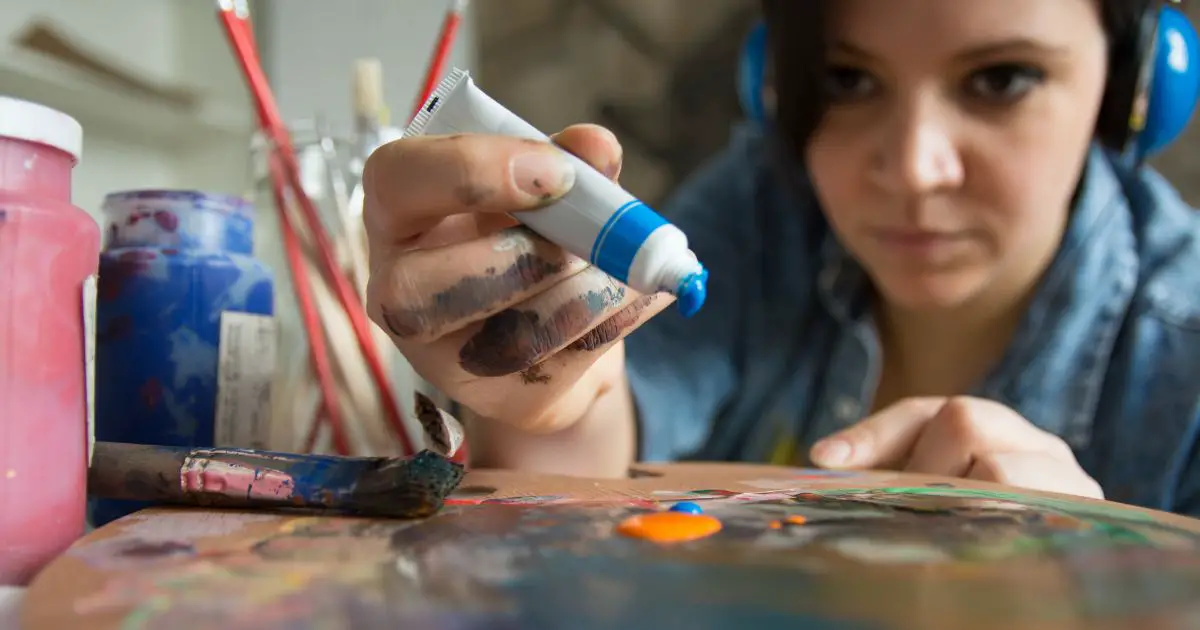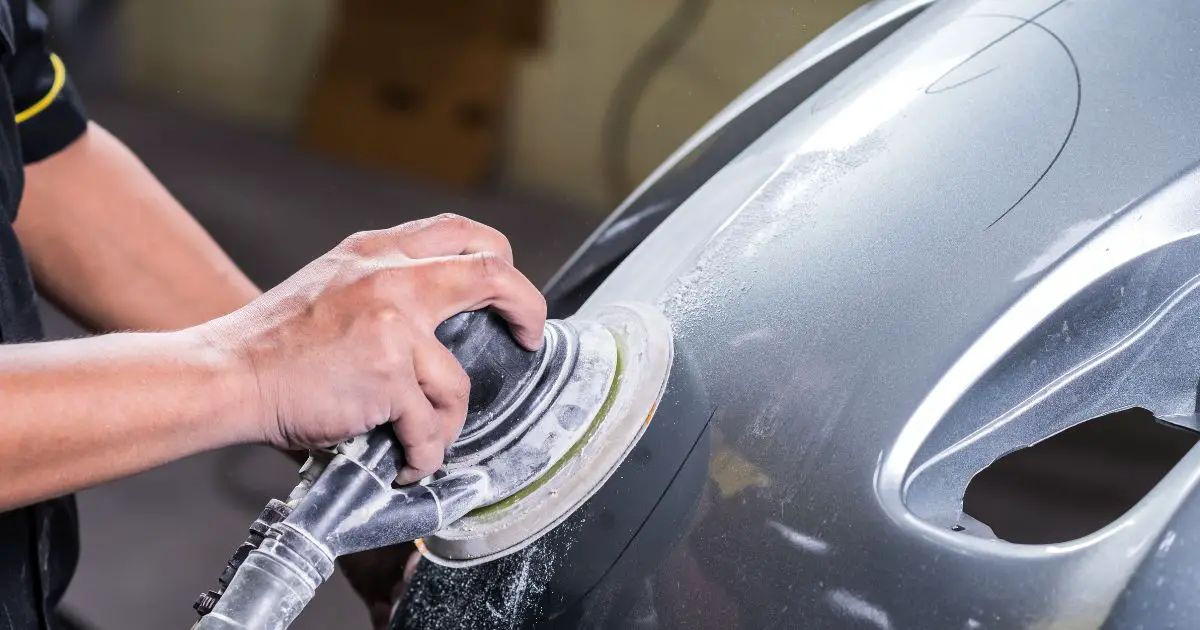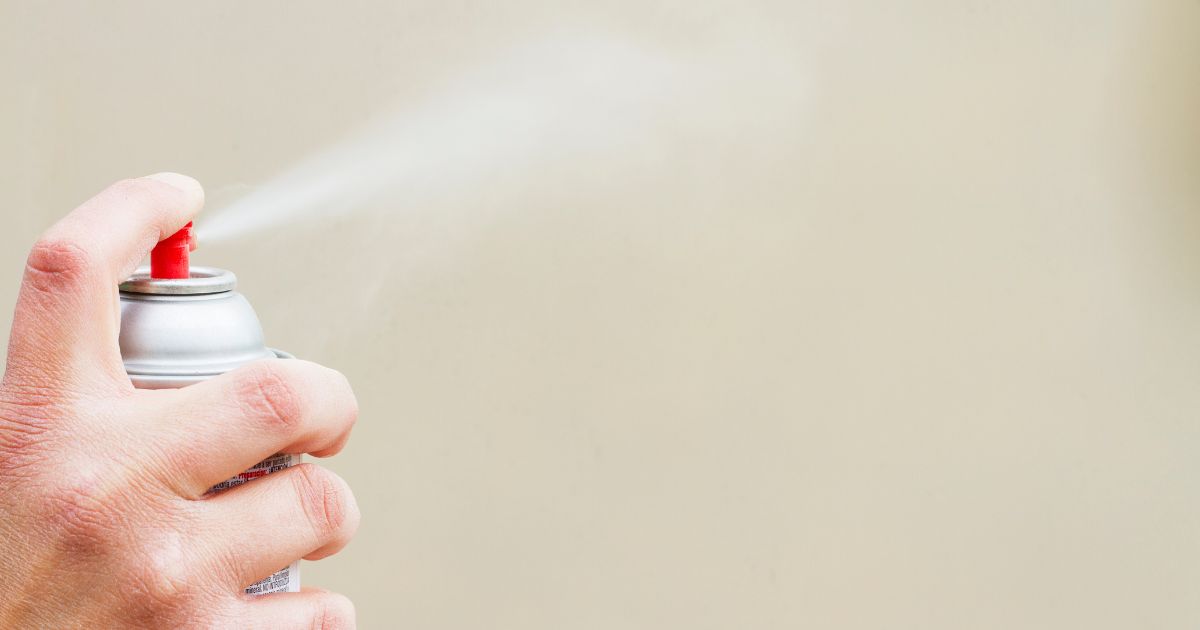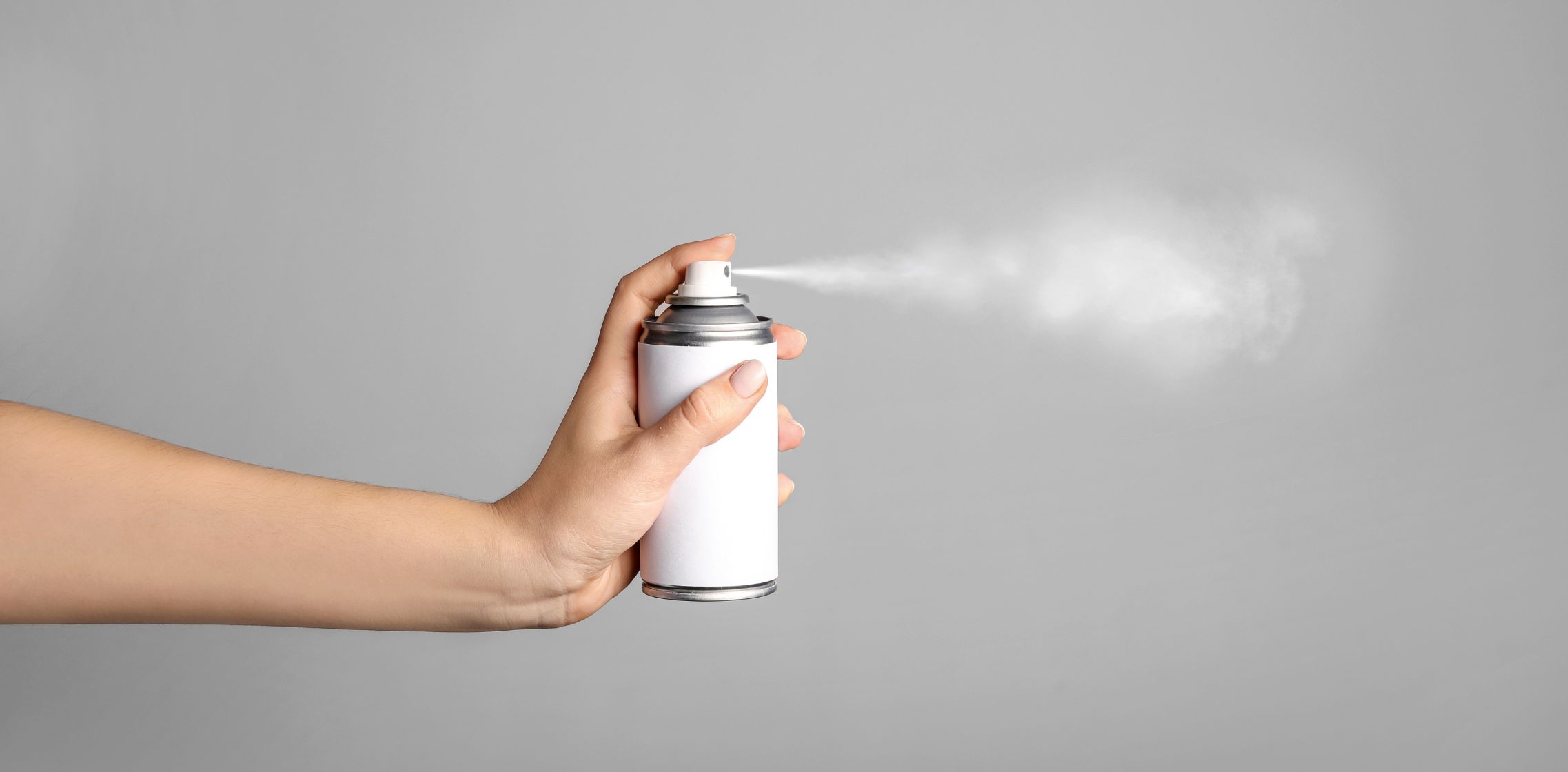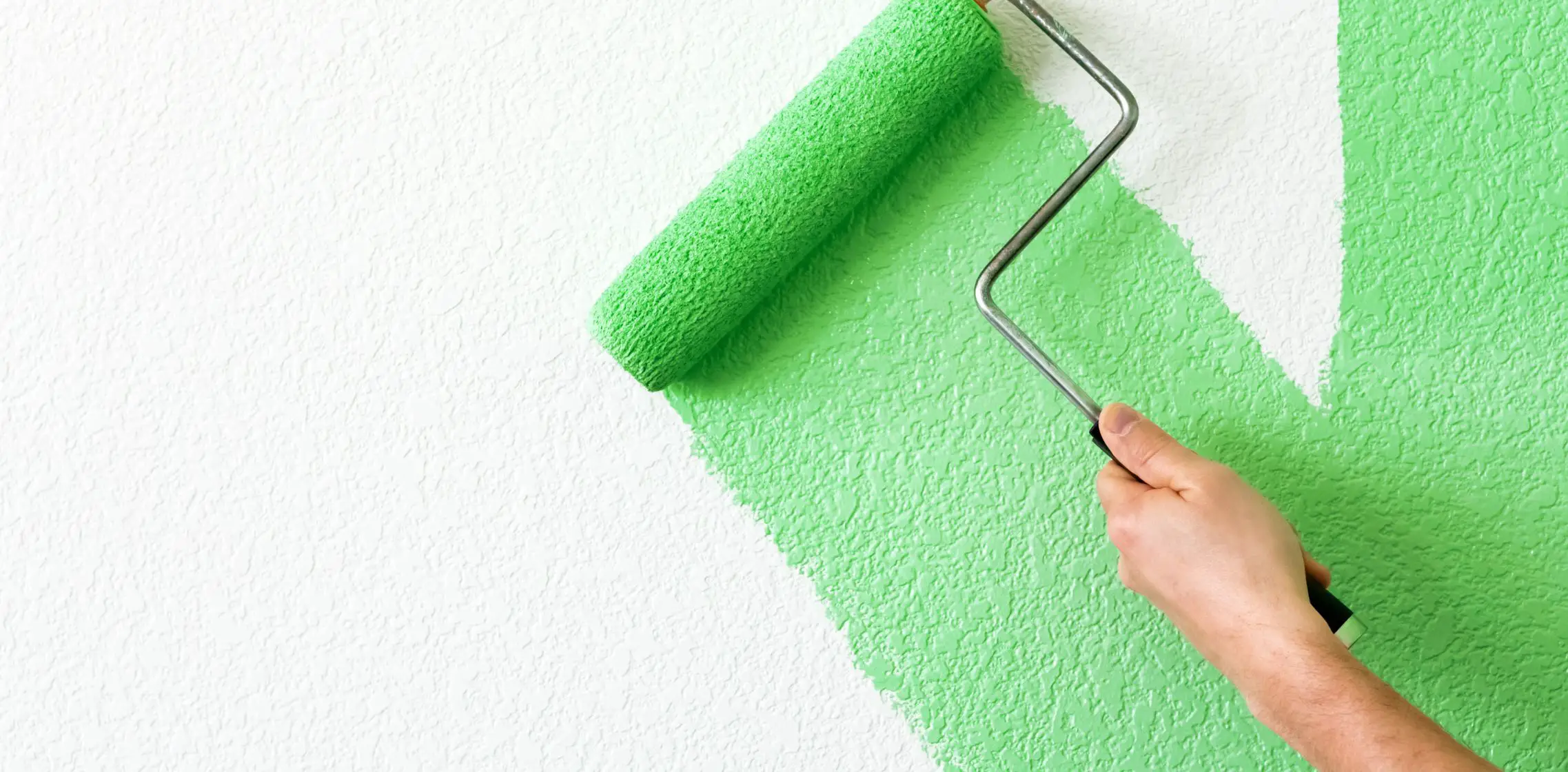The process of wet sanding paint is simple and only requires a few supplies. You will need sandpaper in various grits, a bucket of water, and a sponge. Begin by wetting the sponge in the bucket of water and then wiping down the area you will be sanding.
This will help to keep the sandpaper from becoming clogged with paint. Next, select a piece of sandpaper with a medium grit and begin sanding the area in a circular motion. Work slowly and be sure to keep the sandpaper wet by dipping it in the bucket of water frequently.
Once you have sanded the entire area, finish with a piece of sandpaper with a fine grit. Again, work in a circular motion and be sure to keep the sandpaper wet. When you are finished sanding, wipe down the area with a damp cloth to remove any dust.
- Begin by spraying your paint onto your surface
- Once the paint is dry, begin sanding with a wet sandpaper
- Sand until you have achieved the desired look
- Wipe away any sanding residue with a damp cloth
How To Wet Sand and Polish After Spray Painting Car
Can you wet sand rustoleum spray paint
If you’re looking to wet sand your Rustoleum spray paint job, you’ll want to use a very fine grit sandpaper – around 1000 grit or higher. Wet sanding will help to smooth out any imperfections in your paint job, and will give you a nice, even finish. To wet sand your paint job, simply wet your sandpaper with some water and then start sanding.
Make sure to keep your sandpaper wet throughout the process, and be sure to sand evenly to avoid creating any new imperfections. Once you’re finished wet sanding, simply wipe down your paint job with a clean, dry cloth and you’re all set!
Should you wet sand between spray paint coats?
If you’re painting a project with several coats of paint, you may be wondering if you need to wet sand between each coat. The short answer is no, you don’t need to wet sand between spray paint coats unless you’re trying to achieve a very high-gloss finish. For most projects, a simple light sanding between coats is sufficient to create a smooth, even surface.
How do you wet sand Rustoleum paint?
Rustoleum paint is a paint that is known for its durability and resistance to rust. When you want to wet sand Rustoleum paint, you will need to use sandpaper that is designed for wet sanding. You will also need to use a wet sanding block.
Wet sanding will help to remove any imperfections in the paint and will also help to give the paint a smooth finish.
Will wet sanding remove spray paint?
Spray paint is one of the most versatile and inexpensive ways to achieve a professional-looking finish on a variety of surfaces. However, over time, spray paint can begin to chip and flake, especially if it hasn’t been properly cared for. Wet sanding is a process that can be used to remove spray paint from a variety of surfaces, and with the right technique, it can be done without damaging the underlying material.
The first step in wet sanding is to choose the right grit sandpaper. If the paint is only slightly chipped or flaked, medium-grit paper can be used. For more stubborn paint, finer-grit paper will be needed.
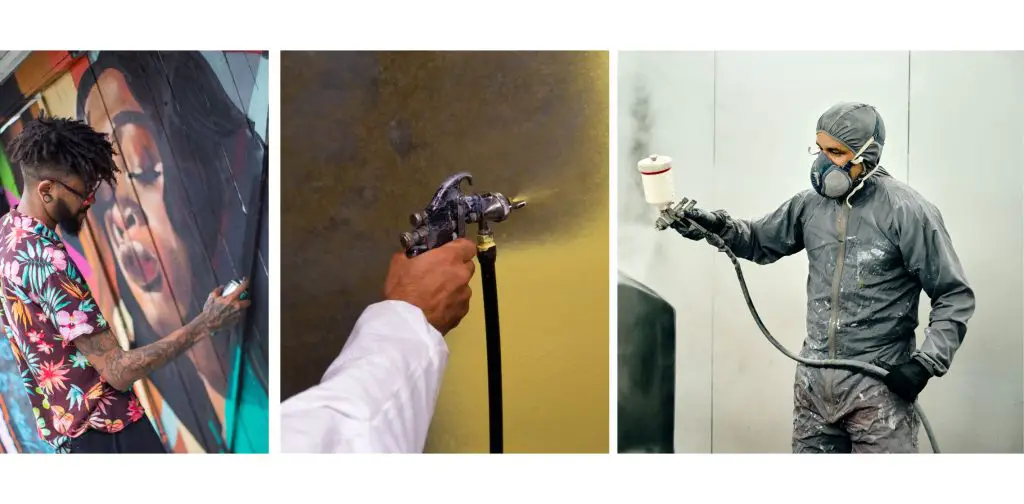
Once the sandpaper has been selected, it’s time to wet it. This can be done with a sponge or spray bottle filled with water. The goal is to keep the sandpaper wet throughout the sanding process.
Once the sandpaper is wet, it’s time to start sanding. Begin with light pressure and increase as needed. it’s important to keep the sandpaper moving to avoid damaging the surface.
When finished, wipe away any sanding residue with a damp cloth and allow the surface to dry completely.
How do you wet sand and polish after spray painting a car?
Spray painting a car is a great way to give it a fresh, new look. But, in order to get a smooth, professional-looking finish, you’ll need to wet sand and polish the paint job after it’s dry. Here’s how to wet sand and polish your car after spray painting it:
- Wait until the paint is completely dry before starting. This can take up to 24 hours, depending on the type of paint and weather conditions.
- Soak a few pieces of sandpaper in water for about 15 minutes.
- Start sanding the paint with the coarsest sandpaper (400 grit). Work in small sections and use gentle, circular motions.
- Rinse the sanded area with water and dry it off.
- Repeat steps 3 and 4, but this time use a finer sandpaper (600 grit).
- Once you’ve finished sanding, wash the entire car with soap and water.
- Use a polishing compound and a soft cloth to buff out the sanded areas.
- Wash the car again and apply a wax or sealant to protect the new paint job. That’s it! By following these steps, you can ensure that your spray-painted car has a smooth, professional-looking finish.
Conclusion
If you want a high-gloss, smooth finish on your painted surface, wet sanding is the way to go. Wet sanding is basically sanding with lubrication, typically water, which helps reduce friction and heat build-up. Here’s a step-by-step guide to wet sanding spray paint:
- Start with a clean, dry surface. If the surface is dirty, clean it with a degreaser or all-purpose cleaner.
- Wet a sanding block or piece of sandpaper with water.
- Rub the wet sandpaper over the surface in a circular motion.
- Rinse the surface with clean water and dry it with a clean cloth.
- Inspect the surface for any imperfections. If necessary, repeat steps 2-5. Wet sanding is a great way to achieve a smooth, high-gloss finish on your painted surfaces. With a little patience and elbow grease, you can achieve professional-looking results at home.

